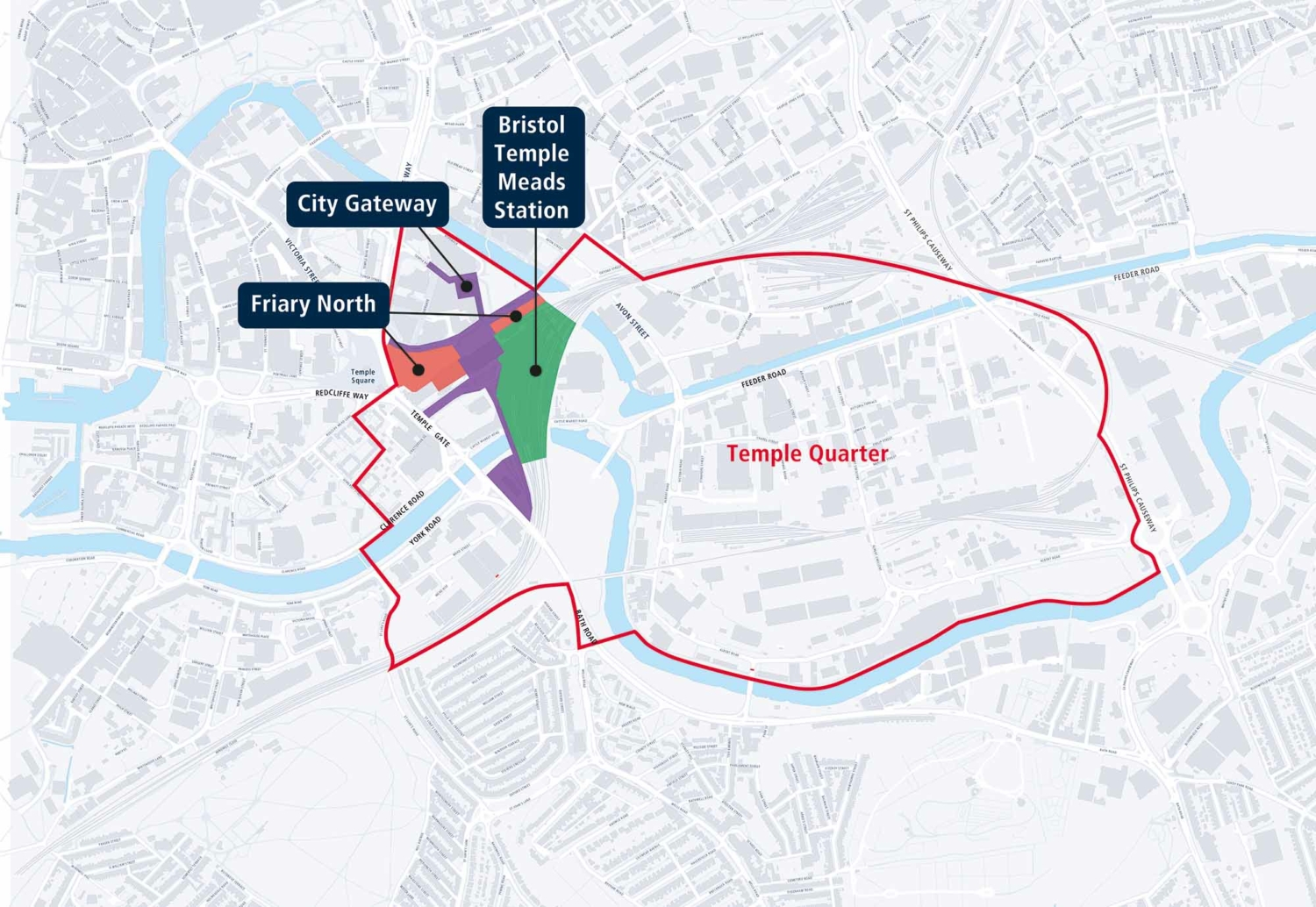Beyond Representation: Authentic Storytelling For Asian And Asian American Media

Table of Contents
The Limitations of Tokenism and Stereotypes
Harmful stereotypes have plagued Asian and Asian American representation for decades. These stereotypical portrayals not only misrepresent the reality of our diverse communities but also perpetuate harmful prejudices and limit opportunities.
Harmful Stereotypes Perpetuated in Media:
- The Model Minority Myth: This dangerous stereotype paints all Asians as inherently intelligent, hardworking, and docile, ignoring the struggles faced by many within the community and creating unrealistic expectations.
- Hypersexualization: Asian women are frequently portrayed as submissive, exotic, or hypersexualized, reducing their complexity to a single, objectified trait.
- The Perpetual Foreigner: Asian Americans, regardless of their citizenship status or length of residence, are often perceived as outsiders, never fully belonging.
These harmful stereotypes have real-world consequences, contributing to discrimination, microaggressions, and mental health challenges within Asian and Asian American communities. It's imperative that we actively challenge and dismantle these damaging tropes. Moving beyond such negative representation requires a fundamental shift in how stories are conceived and told.
The Importance of Authentic Voices and Perspectives
Authentic storytelling necessitates centering the voices and perspectives of Asian and Asian American creators. Their lived experiences are invaluable in crafting narratives that resonate with truth and authenticity.
Centering Asian and Asian American Storytellers:
- Empowering Creators: Having Asian and Asian American writers, directors, producers, and actors at the helm ensures narratives are shaped by those who understand the cultural nuances and lived realities.
- The Power of Lived Experience: Authenticity stems from firsthand understanding. Creators who have navigated similar experiences bring a depth of understanding impossible for outsiders to replicate.
- Successful Examples: The success of shows like Master of None and Everything Everywhere All at Once highlights the power of authentic storytelling led by Asian and Asian American creatives, showcasing a level of nuance and cultural understanding that is rarely achieved otherwise.
Exploring the Nuances of Identity and Culture
The Asian and Asian American community encompasses an astonishing range of ethnicities, nationalities, languages, and cultural practices. Generalizing this diversity under a single monolithic "Asian" identity is a disservice to the richness and complexity within.
Beyond a Monolithic "Asian" Identity:
- Celebrating Diversity: It’s crucial to showcase the breadth of experiences across various ethnic groups, from South Asian to East Asian, Southeast Asian, and Pacific Islander communities.
- Intergenerational Narratives: Authentic storytelling explores the complexities of immigrant experiences, intergenerational trauma, and the unique challenges faced by different generations.
- Avoiding Generalizations: Nuanced portrayals avoid broad strokes, allowing characters to be fully dimensional, showcasing both their strengths and vulnerabilities. This includes representing the full spectrum of political, religious, and socio-economic beliefs.
Creating Opportunities for Authentic Storytelling
The media industry must actively foster an environment where authentic storytelling can thrive. This requires concrete changes in industry practices and increased support for Asian and Asian American creators.
Industry Practices and Support Systems:
- Inclusive Hiring Practices: Representation in decision-making roles – from studio executives to showrunners – is crucial for ensuring diversity in narratives.
- Targeted Funding: Increased funding opportunities specifically dedicated to Asian and Asian American creators are essential to supporting projects that prioritize authenticity.
- Cultural Sensitivity Training: Initiatives promoting cultural sensitivity training for all industry professionals contribute towards a more inclusive and understanding environment.
Conclusion:
In conclusion, moving beyond superficial representation demands a concerted effort to embrace Authentic Storytelling for Asian and Asian American Media. This involves actively challenging harmful stereotypes, centering authentic voices, exploring the nuances of diverse identities, and creating supportive industry structures. We must demand better representation from media companies, actively seek out and support projects that prioritize genuine storytelling, and champion the incredible talent within the Asian and Asian American creative community. Only then can we achieve real, meaningful Asian American narratives that foster understanding, empathy, and positive social change, ensuring that real Asian representation is the norm, not the exception. Let's work together to create a future where authentic storytelling reflects the rich tapestry of Asian and Asian American experiences.

Featured Posts
-
 Payton Pritchards Inspiring Journey From Childhood Dreams To Nba Achievements
May 11, 2025
Payton Pritchards Inspiring Journey From Childhood Dreams To Nba Achievements
May 11, 2025 -
 Tennessees Karlyn Pickens 78 2 Mph Fastball Makes Ncaa Softball History
May 11, 2025
Tennessees Karlyn Pickens 78 2 Mph Fastball Makes Ncaa Softball History
May 11, 2025 -
 Whoops Failed Upgrade Promises A Detailed Look At The User Backlash
May 11, 2025
Whoops Failed Upgrade Promises A Detailed Look At The User Backlash
May 11, 2025 -
 Sports Stadiums And Urban Regeneration A Case Study Of Successful Revitalization Projects
May 11, 2025
Sports Stadiums And Urban Regeneration A Case Study Of Successful Revitalization Projects
May 11, 2025 -
 Mm Amania Coms Ufc 315 Betting Preview Odds And Predictions
May 11, 2025
Mm Amania Coms Ufc 315 Betting Preview Odds And Predictions
May 11, 2025
